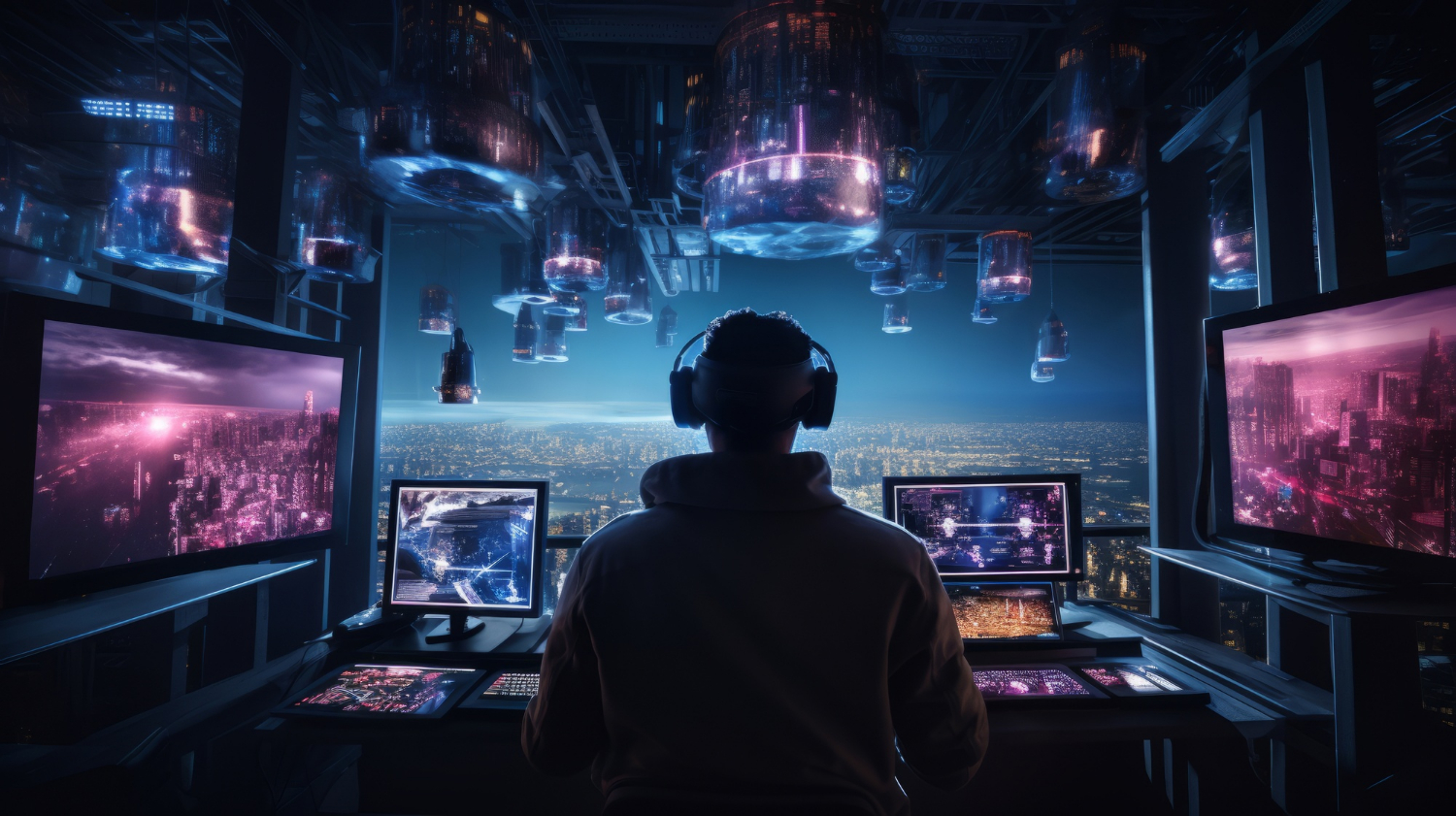Visual effects (VFX) play a significant role in creating stunning visuals for films, TV shows, and video games. They help bring imagination to life, adding incredible effects that are essential to modern entertainment. For those interested in learning VFX, it is important to understand what the basics of VFX training involve. This training equips aspiring professionals with the necessary skills to create these effects. If you are considering enrolling in a VFX course in Udaipur or looking for VFX training in Udaipur, here is an overview of the key concepts you will learn.
Introduction to VFX
The first step in any VFX training is getting familiar with the field itself. This involves understanding the purpose of visual effects in the context of media production. VFX encompasses various techniques such as compositing, motion graphics, and 3D modeling. The training will help you understand how these effects are used to enhance the visual appeal of scenes in movies, advertisements, or video games.
Software and Tools for VFX
A major part of VFX training involves learning how to use the specialized software and tools that are essential for creating visual effects. Some of the most commonly used software in the industry include Adobe After Effects, Nuke, and Autodesk Maya. These tools allow artists to create intricate visual effects, including adding explosions, creating realistic environments, and even manipulating footage to achieve specific looks. You will learn how to navigate these programs, use their various features, and apply them in real-world projects.
Compositing Techniques
Compositing is the process of combining multiple layers of video and images to create the final visual output. It involves seamlessly blending different elements, such as live-action footage with computer-generated images (CGI), to make them appear as if they were shot together. In VFX training, you will learn compositing techniques, including how to work with green screens, match lighting, and integrate various visual elements into one cohesive scene.
3D Modeling and Animation
One of the core aspects of VFX is 3D modeling and animation. This involves creating 3D objects and environments that are used in films, games, and advertisements. As part of VFX training, you will learn how to design, model, and animate characters, vehicles, and landscapes in 3D. The training will also cover the use of physics engines to simulate real-world movements, making objects appear lifelike and realistic in virtual settings.
Motion Tracking and Camera Effects
In VFX, motion tracking is crucial for ensuring that digital elements align properly with real-world footage. During your training, you will learn how to track the movement of objects and cameras within a scene to apply digital effects that move in sync with the action. This technique is widely used in film production, especially when adding effects to scenes with fast-moving elements or dynamic camera angles.
Visual Storytelling
VFX is not just about creating stunning visuals but also about telling a story. Effective VFX artists understand the importance of using visual effects to enhance the narrative, not just to create spectacle. In training, you will learn how to use VFX to support the storytelling process, ensuring that the effects complement the mood and tone of the scene.
Rendering and Final Output
After creating the effects, the next step is rendering, which is the process of converting the digital models and effects into a final, viewable format. During your VFX training, you will learn about rendering techniques and how to optimize your projects for different types of media. This includes understanding how to manage file sizes, render settings, and other factors that impact the final output quality.
Practical Application and Project Work
Finally, VFX training involves applying what you’ve learned to real-world projects. You will work on assignments and practical projects that simulate actual production environments. This hands-on experience will help you refine your skills and build a strong portfolio that demonstrates your ability to create high-quality VFX work.
Conclusion
VFX training covers a wide range of skills, from mastering industry-standard software to understanding the technical and artistic aspects of visual effects. By enrolling in a VFX course in Udaipur or taking part in VFX training in Udaipur, you can gain the knowledge and experience needed to pursue a career in this exciting field. Whether you’re interested in film production, video games, or advertising, VFX skills are highly valuable and in demand.

